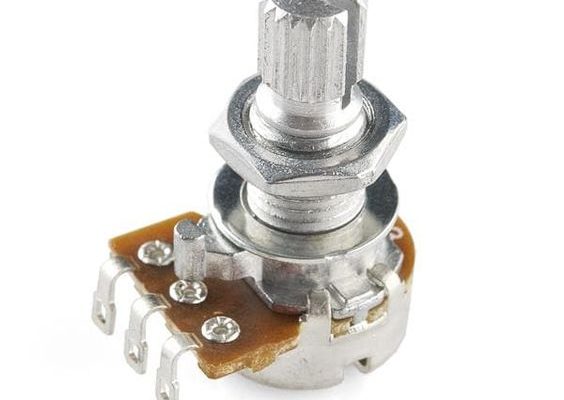How to Build a Spaghetti Bridge

Building a spaghetti bridge is not only a fun and educational activity, but it also teaches you valuable engineering skills. It challenges your creativity and helps you understand the principles of load distribution and structural stability. In this article, we will walk you through the process of building your very own spaghetti bridge.
Materials Needed:
1. Dried spaghetti
2. Glue or adhesive (white glue, hot glue, or super glue)
3. Ruler
4. Pencil
5. Paper or cardboard for sketching
6. Scissors
Step 1: Design and Planning
The first step is to create a design for your bridge. Sketch a rough plan on paper or cardboard, keeping in mind the dimensions and the desired length. Make sure your design is symmetrical to ensure equal weight distribution.
Consider these factors while designing your bridge:
– The number of support beams
– Type of truss system (triangular or other shapes)
– Shape and height of vertical supports
Remember that triangles provide greater stability, so try to incorporate triangular elements into your design.
Step 2: Measure and Cut Spaghetti Pieces
Using a ruler, measure and cut the spaghetti pieces according to your design plan. It’s essential to be precise with your measurements for better structural integrity.
Step 3: Create Support Beams
Begin by creating support beams for your bridge by gluing together several spaghetti strands for added strength. Allow them to dry completely before handling further.
Step 4: Assemble the Trusses
Following your design, construct the trusses by gluing together the triangular sections. Ensure that all angles are uniform to maintain consistency throughout the structure.
Step 5: Join Trusses with Horizontal Beams
Once your trusses are complete, connect them using horizontal beams made from spaghetti strands glued together. This step will begin to form the main section of your bridge.
Step 6: Build Vertical Supports
Create vertical supports for your bridge by gluing spaghetti strands together and attaching them to the trusses and horizontal beams. Make sure they are equally spaced and perpendicular to the horizontal beams.
Step 7: Reinforce Connections
To strengthen your bridge, add additional spaghetti pieces at the joints where different sections meet. This will provide extra support and enhance stability.
Step 8: Air Dry
Allow your spaghetti bridge to air dry completely before testing its load-bearing capacity. This may take a few hours, depending on the type of glue used.
Step 9: Test Your Bridge
Now that you’ve built your spaghetti bridge, it’s time to test its strength! Gradually place weights or small objects on the bridge and observe how it holds up under pressure. Take note of where the bridge may buckle or strain to help improve your design techniques for future builds.
In conclusion, building a spaghetti bridge is a fun way to develop engineering skills while exploring your creativity. With patience, precision, and a well-designed plan, you can create an impressive spaghetti structure that showcases your abilities in both art and science.






